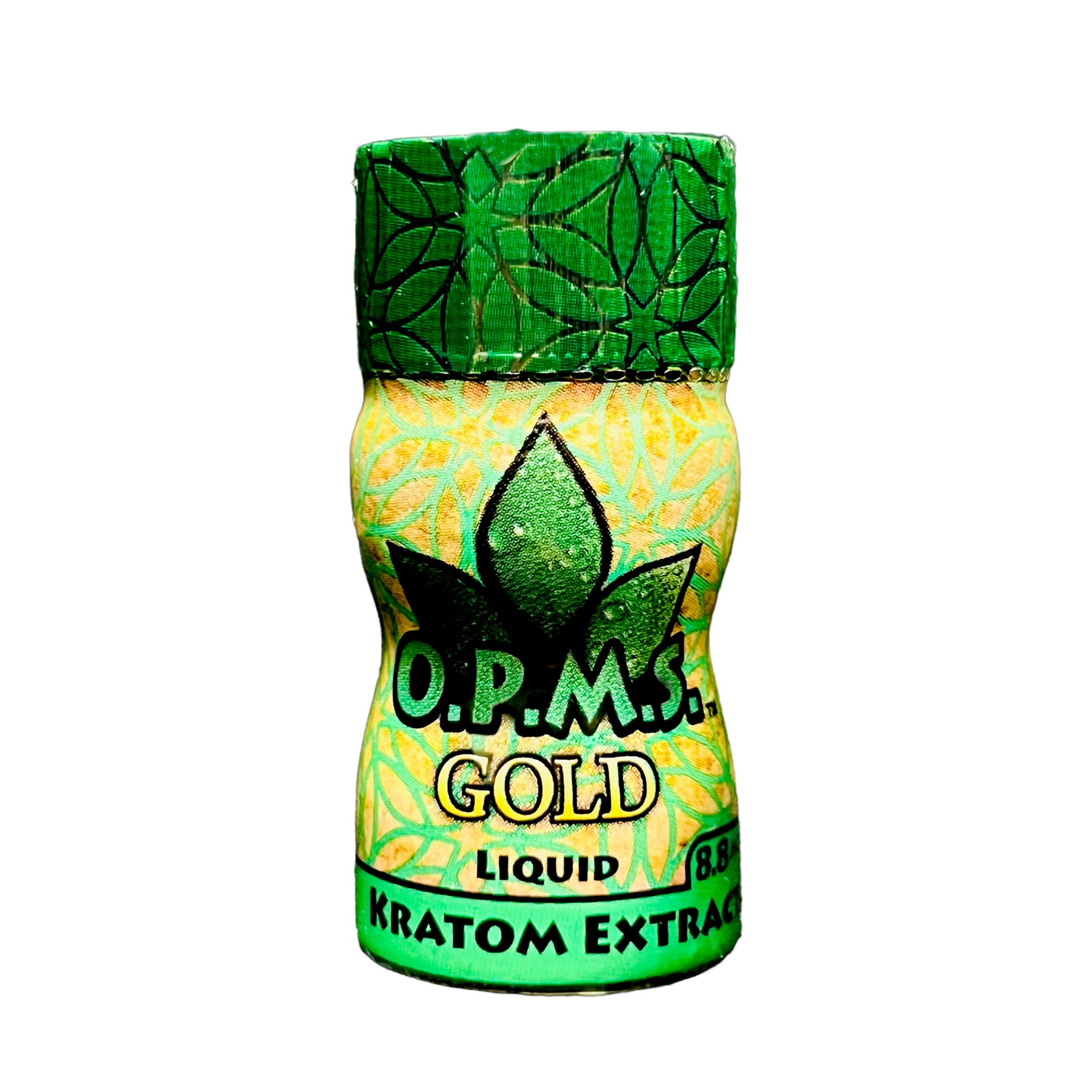Kratom, a tropical tree native to Southeast Asia, has gained popularity in recent years for its alleged medicinal properties and recreational effects. The plant’s leaves are typically dried and ground into a powder, which can be consumed in various forms such as capsules, teas, or extracts. Despite its growing popularity, kratom remains a controversial substance due to its potential for abuse and addiction.
One of the main factors driving the popularity of kratom is its purported ability to relieve pain and improve mood. Many users claim that kratom helps alleviate chronic pain conditions such as arthritis, fibromyalgia, and migraines. Additionally, some people use kratom as a natural alternative to prescription opioids for managing pain without the risk of addiction or overdose.
In terms of mood enhancement, kratom is said to produce feelings of euphoria, relaxation, and increased sociability. Some users report that consuming kratom boosts their energy levels and productivity while reducing anxiety and depression symptoms. These effects have made kratom an attractive option for individuals seeking relief from mental health issues or simply looking to enhance their overall well-being.
Despite these anecdotal reports of benefits, scientific research on kratom is limited and inconclusive. The active compounds in kratom – mitragynine and 7-hydroxymitragynine – interact with opioid receptors in the brain similar to traditional opioids like morphine or heroin. This mechanism of action raises concerns about the potential for addiction and withdrawal symptoms associated with long-term kratom use.
Several studies have suggested that regular consumption of high quality kratom brands may lead to physical dependence and tolerance over time. Withdrawal symptoms such as irritability, insomnia, muscle aches, nausea, and cravings have been reported by individuals who abruptly stop using kratom after prolonged use. In severe cases, some users have experienced seizures or psychosis during withdrawal.
The lack of regulation surrounding the production and distribution of kratom products also poses risks for consumers. Contaminants such as heavy metals or bacteria may be present in unregulated products sold online or in smoke shops. Furthermore, inconsistent dosing practices among different vendors can make it challenging for users to determine safe consumption levels.
In conclusion, while many people praise the benefits of using kratomsuch as pain reliefand mood enhancementthe lack of scientific evidence supporting these claims raises concerns about its safety and legality.


